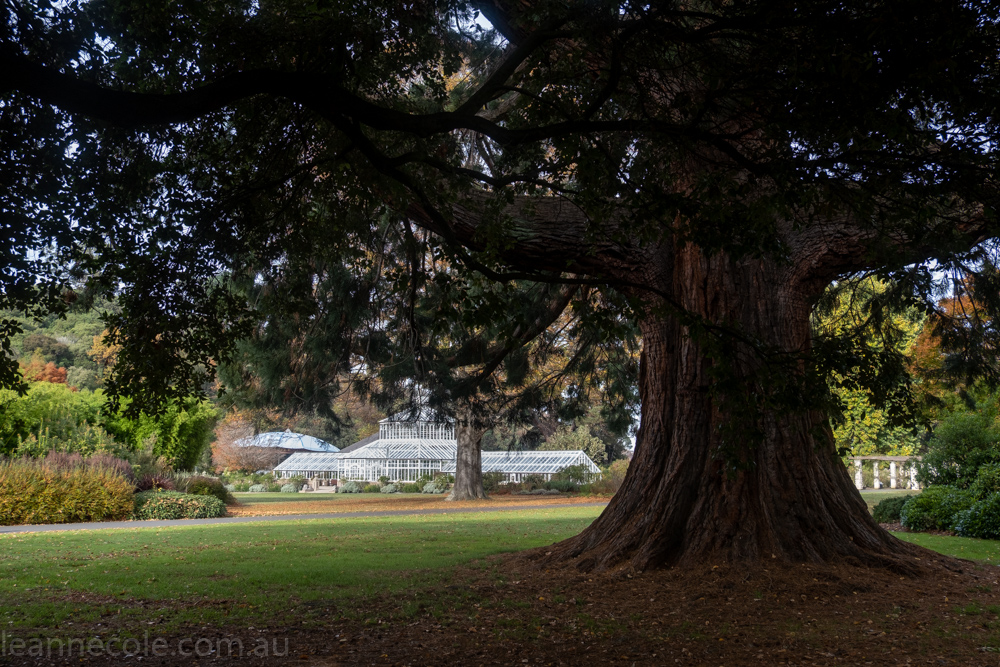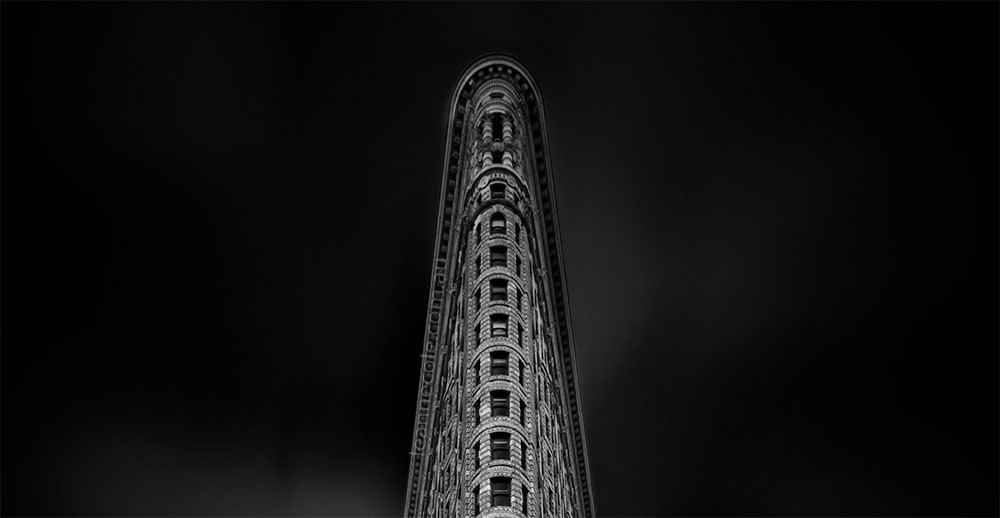Along with doing new posts here, it has been my intention to slowly move and repost many of the previous Up for Discussion posts. This is one I’ve been thinking about a lot lately, the art of observation and observing the world around you.
For this Up for Discussion post I thought I would do something that I have been thinking about for a long time. It may not seem that it is important or even relevant to photography, but I hope you will hang around long enough, and read enough to realise it does.

We often hear people talking about “faking the real in photography”, it isn’t a concept that is new and really, when you think about it artists have been doing that for centuries. Learning to observe the world around them is very important. It is something that some do well and some don’t.
Up for Discussion
Drawing
I know many of you know that I can draw, well used to be able to. I’ve shown you images of my drawing before. One thing I’ve never really talked about is my Fine Art Degree, which wasn’t in photography, but rather in printmaking and drawing. It happened at a time when I was not happy with photography, or rather I was frustrated, I couldn’t get the images I wanted. I thought I would need to make them myself, so draw them.

It was an interesting process, it meant lots of observing of things as I drew them. I spent a lot of time drawing.
Observation
You can’t underestimate how important it is. Of course it isn’t important if you just want to take photos and not do anything with them, then again, if you hone those observation skills then you are likely to see more and get better photos.
If you are interested in photo editing/manipulation then it is really important.
Watching how the light falls on an object, or how it falls when it is hit by another light source. Then there are the shadows, how

do they fall, are shadows solid? I saw a guy online doing some compositing, and as I watched him move a person into a lane and then add a shadow I realised that he just added a solid colour, shadows are rarely solid colours. They often have light areas and dark areas, depending on what is around them.
The same guy also made the edge of the shadow very feathered, and soft, but then again it really depends on the light source and where that light is coming from, how direct it is. If you went and stood outside in the sun, especially in summer, you would see your shadow would have a hard edge. However, if you went into somewhere where the light wasn’t as strong you would see a softer edged shadow. It really does all depend on the light. Which is why in studios the light is often controlled with soft boxes and reflectors to make it like a secondary light source, sort of.

When you learn to draw you learn to watch and see how things are.
Perspective
Another important aspect is perspective. It is something you learn in drawing and painting, probably most art forms. I didn’t do a lot of drawing where you needed to worry about perspective, but it was always something you had to consider.
I have seen the work of other photographers and one of the things you notice is how they don’t understand perspective when they are doing composites and then the work doesn’t look real.
Faking the Real
It is an important thing. You hear writers talking about how if you don’t make your characters real then people won’t believe them, so isn’t it the same with images, if they don’t look real then people can’t relate to them. You have to make sure that everything in your image makes sense and is believable. It is where learning to

look and observe the world around you really helps.
If you want to get into more photo editing or manipulation, then one of the best things you can do is learn to look at what is around you. Don’t just take photos, look at what you are taking. You don’t have to learn how to draw, but you can always learn how to look, observe. Watch how light hits objects, where the light comes from. How does the light affect the shadows, are the shadows solid, or do they have lots of different strengths.
I think it is an invaluable tool and one we don’t take enough notice of. Through drawing I really began to understand light and how important it was. I also started to understand how I could use that in my photography and become a better photographer, at least I hope it has helped.
I have been going through all my drawings, I’ve found a lot that were just exercises, where I was just trying to see how I could draw them. There are others that are more, a couple of etchings and some lithographs. I will try and label them so you can tell what each is.























Your drawings are as beautiful as your photography!
Tamara
What a wonderful compliment Tamara, thank you.
I so enjoyed this Leanne ! Looking , reading , observing ….my favorite drawing is the tea cup with the pepper ( a paradox ) which intrigues me and inspires the choices we make in art …it’s all so mysterious at times … thank you for sharing your beautiful gifts as an artist thru photography , drawing and writing …..sending love , megxxx
Thank you, that is great to hear, I haven’t looked at these for quite a while. You’re welcome Meg, thanks again.
You showcased some nice work here!!
Thank you Nora.
Excellent article, Leanne. I believe I see how your drawings are precursors to your current photography as well.
Thank you Robert. That is interesting, I always wondered about that.
Yes, very true, “When you learn to draw you learn to watch and see how things are” because you have to reproduce what is. Of course, you can create but you’d only achieve achieve freedom creating if you already know how the rules. As they say, you can’t break the rules if you don’t know the rules. I look forward to more of your U4D.
So very true, all artists should learn the rules, thank you so much, glad you agree.
What an interesting post, comparing drawing and photography skills. I found myself nodding along in agreement with all your points. I also think I’m both creative fields it’s useful to know and understand the “rules” in order to know how to successfully break them.
I know you draw too Laura, so I’m glad to hear you agreed with me. Absolutely, you have to know the rules to be able to break them, understand why you need to break it. Thanks Laura.
I have become much more observant of my environment since beginning photography 4 years ago. I look for pictures every where I go. Now I’m beginning to see how the light is falling and becoming more particular. I will never be an artist (I don’t have the talent), but I can learn basics from someone like you. You have a special talent. Keep these educational posts coming.
I think that is great Anne, it really helps when you do. Thank you, that is a lovely thing to say.
i truly believe that whatever (creative) field you are in that a good basis of being able to draw gives you a head start and a proper foundation. You are so right about observaton etc and I think the discipline you had with your drawing has maybe brought you to where your photography is today…………
I think so too, there is something about learning to draw. I think it has also taught me patience and how to create an image, skills that are very valuable, thank you Lisa.
I love this post, excellent done, you always share something which moves ones heart and mind Leanne!
Thank you again, that is so good to hear, nice to get feedback.
Beautiful Leanne!
Thank you Wendell.